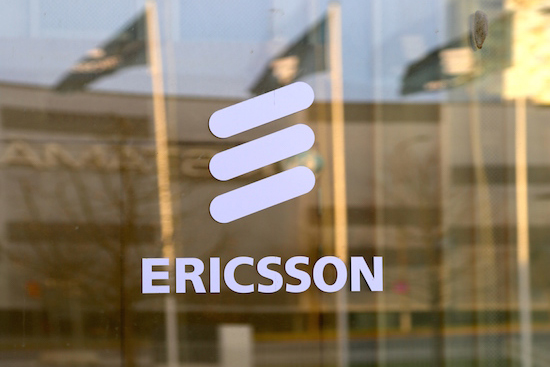The battle for 5G has taken another twist with Ericsson vowing to deliver the first networks next year, albeit with several caveats.
Vendors are pushing hard to ensure 5G underpins their businesses for the years to come. Ericsson has arguably been the most active player, with a global array of labs, trials and testing underway with numerous operators.
Given the recent upheaval at the top of the company, which saw CEO Hans Vestberg depart in July amid a wider restructure of the company, the race to be first and dominate 5G is particularly pressing for the Swedish vendor.
This morning, the company announced its first 5G new radio (NR) product, the Air 6468, which supports its massive and multi-user MIMO plug-ins and is compatible with sub-6GHz bands. The vendor claims the new radio and plug-ins, which were first announced in June, as well as its existing radio system baseband amount to the first 5G access network.
Of course, cynics would note that it’s not strictly 5G, as standardisation work is ongoing and not due to be completed for some time. Indeed, 3GPP’s work on specifying 5G new radio is not slated to take place until March next year.
Jumping the gun runs the risk of fragmentation, with companies keen to steal a march on rivals by launching non-standardised technology.
Joakim Sorelius, Product Manager at Business Unit Radio at Ericsson, tells Mobile Europe he is conscious of the need to avoid fragmentation of 5G and the product reflects that.
He says: “We are heavily involved with 3GPP and have had field trials and research in place since 2014. We are quite confident we are very familiar with the key technology concepts and these radios can support them with a software package.
“We are fully committed to the 3GPP version of standards. The radios have been designed with that in mind.”
Ericsson also unveiled a range of new radio products, from LTE radios supporting gigabit speeds through 4×4 MIMO, micro solutions on unlicensed spectrum, and baseband units supporting more flexible site builds, something seen as a must for ultra-dense networks. Each of these offers elements of what 5G is promising, if not quite true 5G.
Peter Jarich, Vice President, Consumer and Infrastructure Services, Current Analysis, notes: “Mobile operators, today, are clearly focused on the race to 5G commercialization, while also continuing to invest in their existing LTE networks.
“With a new 5G radio and LTE offerings which echo key 5G concepts – small cells, licensed-unlicensed band combinations, Cloud RAN, network densification, spectrum optimization – Ericsson’s new portfolio additions and Ericsson Radio System innovations provide a compelling way forward.”
Sorelius thinks the products reflect growing momentum towards 5G. He says: “This is more of a personal reflection but it’s fair to say we have seen movement in 3GPP to accelerate everything from being ready for the end of 2019 to it being moved forward.”
He predicts that by the middle of 2018, the first parts of the standards will be agreed upon, giving vendors further clarity to design products with the technology in mind.
To support the deployment of new technology, Ericsson has launched a network rollout services solution, which it says handles configuration, installation, integration, shakedown and handover of a site.
This could be seen as a means of kickstarting a reluctant market. Indeed, Ericsson has accused Europe of lacking the appetite of Asia and North America when it comes to developing 5G.
[Read more: Ericsson CTO: Europe lacks essential aggression in shift towards 5G]
Has anything changed since Mobile World Congress? Sorelius says: “From my own experience we clearly see the reason for being interested in 5G is different in Europe compared to other markets. The traffic has not flooded the markets in the same way as Asia or North America. People are happy with GSM and LTE.
“European operators will not see the same need for capacity as other operators. But they are discussing other features aside from capacity gains – the ability to deliver massive IoT, critical communications or machine type communications.”
The release was supported by China Mobile and Swisscom, two possible contenders for deploying Ericsson’s new products, although the vendor was keeping quiet on partners and firm launch dates.
What is clear is the noise surrounding 5G will get even louder over the coming months, as Ericsson gears up for launch partners, and rival vendors launch competing offers. While it may not be “true” 5G, 2017 could see networks claim to launch next generation technology.



